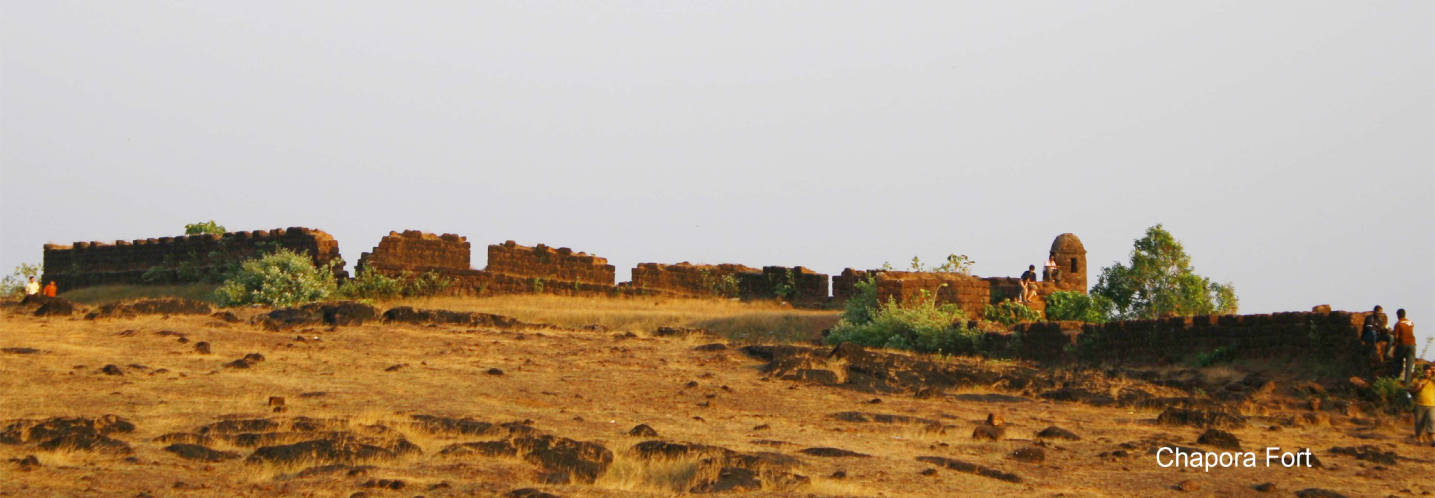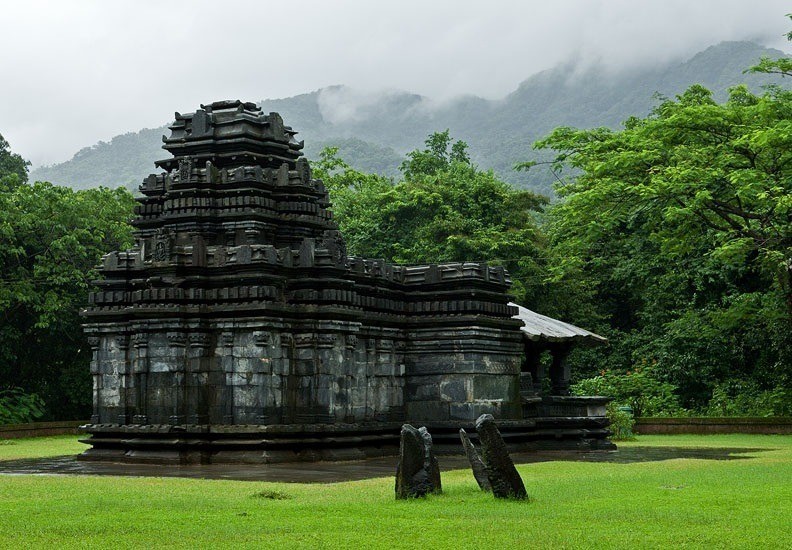Goff is an exotic confluence of colourful cultural strands. The wearing of the plaint-goff represent the quite but conscious assimilation of the impressions left behind by several dynesties, which ruled over goa during past centuries.the dance is annually presented by the peasants community in canacona sanguem and quwpem taluka in the shigmo festival which is the most popular folk festival of goa.
it is a folk dance with cords,manifesting joy and happiness of goan peasants after a beuatiful harvest. it is performed during the shigmo festival in hindu phalgunmonth. each dancer holds a colourful cord hanging at the centre point a of the "Mand" the place of perfomence and starts dancing by involvingother dancers and forming a beuatiful colourful by involving strips at the end of the first movement.
there are four different braids of the Goff. the songs sung by the dancers are dedicated to lord Krishna. ghumat, simel and other melodic instruments accompony. the dance goff has an affiniting with the tribal dance forms of Gujrat.





